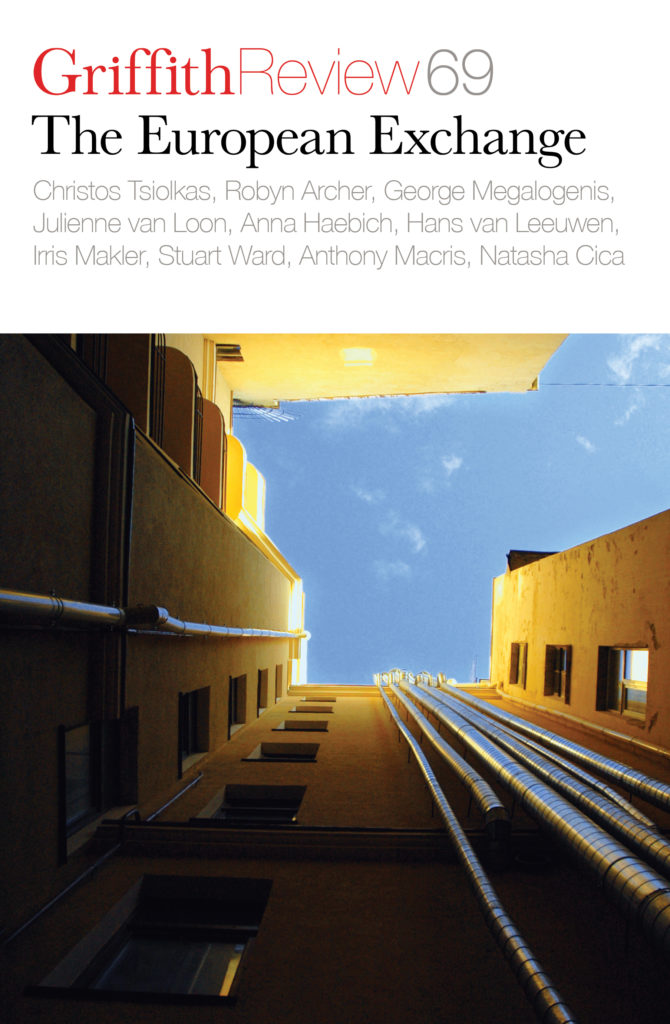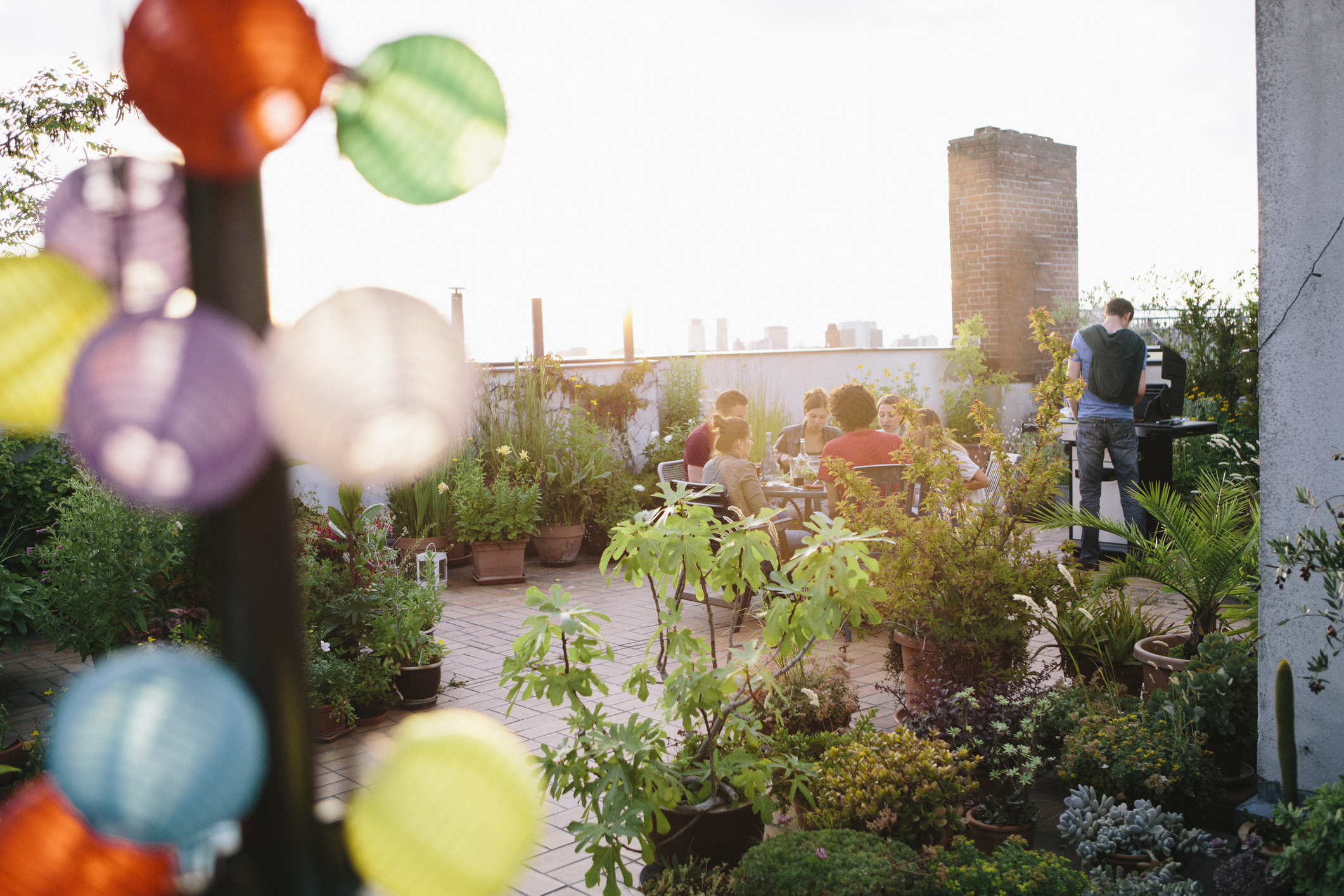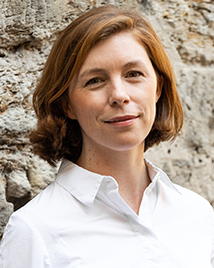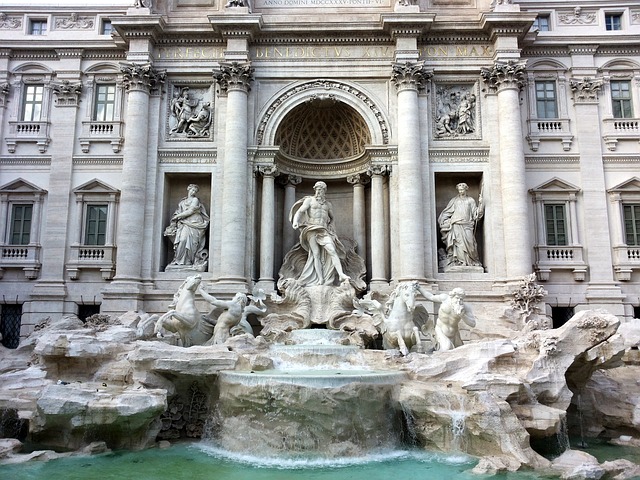WALKING ALONG BERLIN’S River Spree one hot summer’s day in 2019, I happened upon a little garden. It was fenced, but a welcome sign sat at the open gate, along with an A4 flier advertising an upcoming workshop on Thymian & Fenchel – Eintritt frei. A large sculpture against the fence piqued my curiosity and I ventured in. The work was impressive: two large, semi-translucent curved walls cupping into each other, surrounded by a (murky) pool. More exciting was what lay beyond: overflowing banks of sunflowers and tomato plants, table tennis, sunchairs, a sandpit, a little wooden caravan, painted bench seats and even an ecotoiletten. I approached a young man busy at the potting shed and asked for the story. This land, he told me, was owned by Berlin’s major power provider, Vattenfall. The company’s central heating plant was just beyond the fence, and an incarnation of one of Berlin’s more famous nightclubs, Kraftwerk, occupied Vattenfall’s redundant 1960s power station just next door.
Vattenfall had commissioned the public art installation – by New York artist Dan Graham – but the enclosing walls of the pavilion invited junkies to linger, and was repeatedly damaged by vandalism. For a while Vattenfall contemplated employing a security guard, but after taking some soundings from local residents, decided to give over the entire space to a community garden. Instead of paying the annual salary of a security guard, Vattenfall would pay for a garden manager – and a modest maintenance budget – to create the little 1,500-square-metre oasis I had stumbled upon. Materials and tools were provided free of charge. The garden is called the ‘Garten Heizkraftwerk Mitte’, or Mitte Power Station Garden, and its website proudly declares: ‘We want to create opportunities for Berliners to actively and collectively design urban green spaces. Everyone can garden wherever it is needed and come as often as they want.’ It is true that Vattenfall has gone above and beyond in providing not just a garden, but an inclusive, fully funded community planting and harvesting experience for the wider community. However, it is the underlying planning restrictions on this land that were the first mover: Vattenfall is required to keep this corner of land as public open space, so for the foreseeable future it will continue to flourish as a little haven of delight in an otherwise fairly barren section of Friedrichshain.

Already a subscriber? Sign in here
If you are an educator or student wishing to access content for study purposes please contact us at griffithreview@griffith.edu.au






